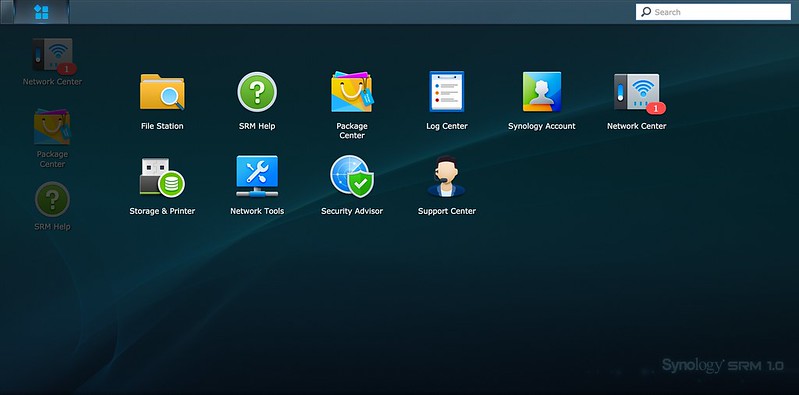The Synology switch is presently accessible in the U.S. at a proposed retail cost of $149.99. That places it in accordance with other mid-range 802.11ac switches likes TP-LINK's famous Archer C8 or the Netgear AC1750, which include to some degree comparable equipment specs. It's likewise less expensive than Google's present lineup of OnHub switches, which both check in at over $199.
For a very long time, switches weren't too intriguing. Their equipment did what it should, however the product was frequently more than cumbersome. That has changed in the course of the most recent couple of years and with OnHub, Google demonstrated that it's conceivable to make a bit of adroitly composed equipment that was additionally simple to utilize and — for a great many people — presumably brought about a critical update from their present switch (and particularly the implicit one in their link modem).
While Google attempted to make utilizing its switches as simple as could be expected under the circumstances by concealing a ton of the multifaceted nature, Synology additionally makes setting the switch up to a great degree simple, yet in the event that you need to dive more profound, it doesn't prevent you from fiddling with any of the settings.

Beginning with the switch is just an issue of connecting to the force and Ethernet links, and setting up an administrator record and secret key for your WiFi system on the gadget. That shouldn't take over a moment. After that, you're on the web.
You can undoubtedly make a visitor system (either on a 5GHz or 2.4GHz system — or both — and with our without access to your neighborhood system), set up beamforming to center your sign toward a specific gadget and oversee transmission capacity utilization on a for every application premise.
Furthermore, you can put in new applications on the switch that transform it into a VPN, DNS record and media server with an appended USB drive (there is likewise a SD card opening), for instance. What's more, if the squinting lights on the front of the switch pester you while you attempt to rest, you can turn them on and off on a set timetable.
The majority of this is done through Synology's Router Manager (SRM), which is fundamentally a desktop-like interface. From that point, you deal with the greater part of the switch's capacities through an essential point-and-snap interface. On the off chance that you've utilized one of Synology's NAS gadgets before (which additionally pleasantly incorporate with the switch), that interface will look exceptionally natural.
By the day's end, odds are you simply need your switch to work. While it doesn't offer the sort of clever programmed channel exchanging that Google's OnHub presented, the switch's general execution is practically keeping pace with that from my TP-LINK OnHub. Exchanging records between gadgets is quick, YouTube recordings on my Xbox One play without deferrals and buffering, and the majority of my Wi-Fi associations have been rock strong. Include the majority of the additional elements that Synology offers on top of that and you have yourself an exceptionally strong switch.
Comments
Post a Comment